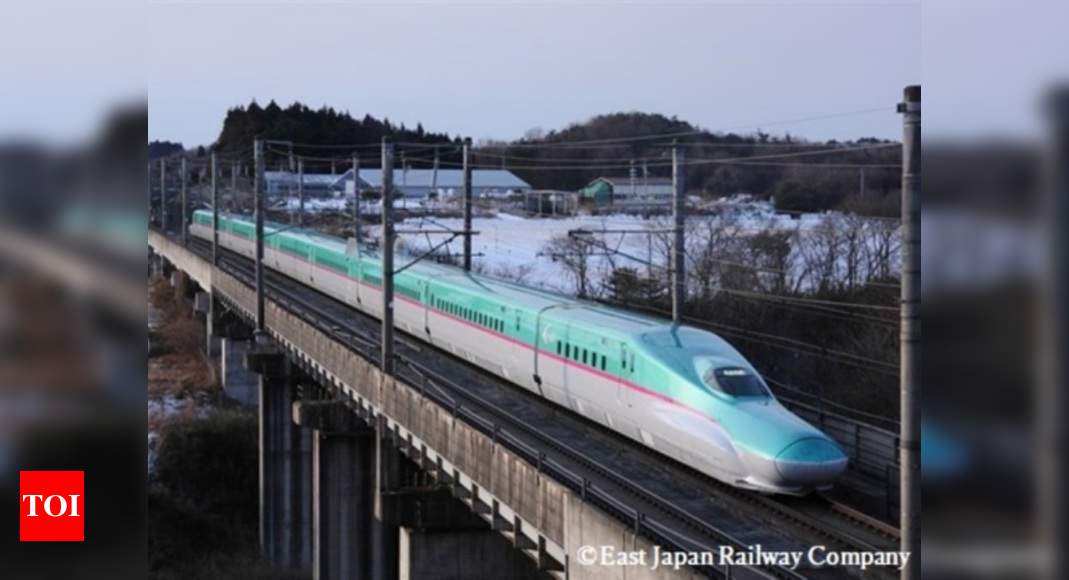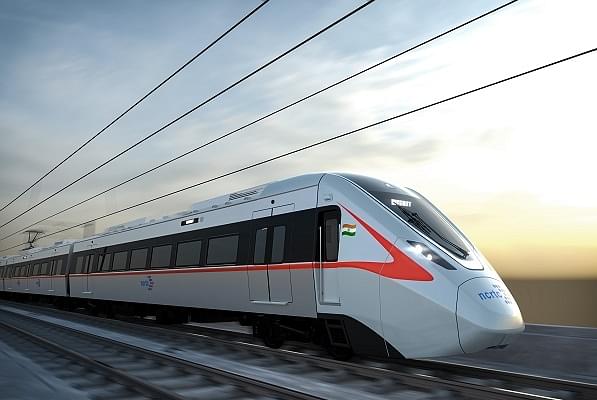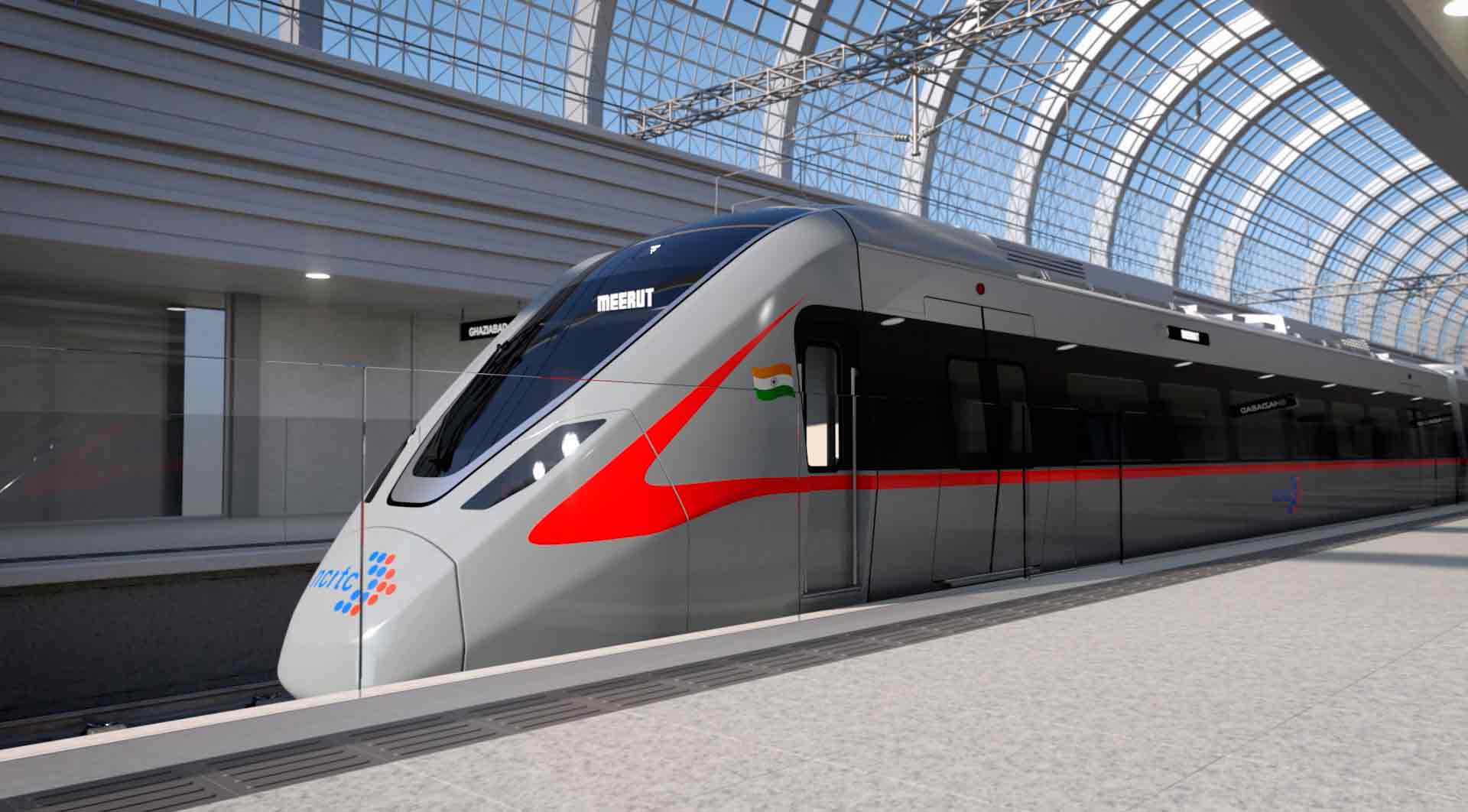Vande Bharat push: 10 trains to link 40 cities for India@75
Vande Bharat, the indigenous semi-high speed train set, is being given a boost with the Railways gearing to roll out at least 10 such new trains, linking around 40 cities, by August 2022 to commemorate 75 years of Independence.
Among his first moves after assuming office, Railway Minister Ashwini Vaishnaw is learnt to have reviewed the project and directed that the rollout plan be advanced to connect at least 40 cities with the Vande Bharat trains by August 2022 to show a visible upgrade in the country’s rail services.
Hyderabad-based engineering firm Medha, which in February secured the contract to supply the electrical systems for 44 Vande Bharat trains, has now been told to advance its production plan, so that at least two prototypes can be rolled out by March next year following all trials.
There is a contract condition that along with all trials and testing that are needed to okay a Vande Bharat, the prototype train set that comes out of its stable should also complete 1 lakh kilometres of commercial run, with passengers, before the following lot can be placed for production.
This condition means that the Vande Bharat trains could take months to hit the tracks commercially. Without the thrust, the plan was to roll out the first set of trains on the tracks by December 2022 or early 2023.
On Saturday, the Railway Board held a meeting headed by chairman Suneet Sharma. It was attended by Board members concerned, General Managers of production units, the Research Design and Standards Organisation and other engineers to work out the nuts and bolts of the new plan on a war footing, sources said.
If all three production units are put to use, Railways can manufacture around six-seven Vande Bharat train sets every month, officials estimate.
Vande Bharat is the name given to India’s own semi-high speed train set, a collection of 16 coaches, self-propelled, and do not require an engine to haul them. This is called distributed traction power, which is increasingly becoming the norm the world over, as opposed to locomotive-hauled trains.
Being run with the distributed power mechanism, the Vande Bharat has faster acceleration and deceleration, helping it to maintain a higher average speed despite stoppages. This ensures that the Vande Bharat takes less time in completing its runs than ordinary loco-hauled trains, like even the Rajdhani and the Shatabdi, wherein time and speed are lost when a train has to stop and gather speed again.
With automatic doors, airline-like seating and upgraded features for passenger comfort and convenience, the Vande Bharat is India’s answer to modern train travel.
Currently, only two Vande Bharat trains are operational — one from Delhi to Varanasi, inaugurated by Prime Minister Narendra Modi in 2019, and another from Delhi to Katra.
The plan is to get 100 such trains eventually. And with renewed specifications formalised after deliberations with industry players over the past one-and-half years, the contract to supply electricals for 44 of them was awarded to Medha this year. Earlier, Spanish coach-making company CAF had been given an order to supply one prototype rake, which is still not in. Now, there remains approval in Railway’s Rolling Stock Programme to manufacture 59 more Vande Bharat.
The cost of producing 100 Vande Bharat would be around Rs 11,000 crore — at around Rs 110 crore per train, each with 16 coaches.
With the new plan, the idea is to get maximum train sets rolled out by 2024 by utilising the three production units — Integral Coach Factory, Chennai; Modern Coach Factory, Raebareli; and Rail Coach Factory, Kapurthala.
Among his first moves after assuming office, Railway Minister Ashwini Vaishnaw is learnt to have reviewed the project and directed that the rollout plan be advanced to connect at least 40 cities with the Vande Bharat trains by August 2022 to show a visible upgrade in the country’s rail services.

indianexpress.com






















